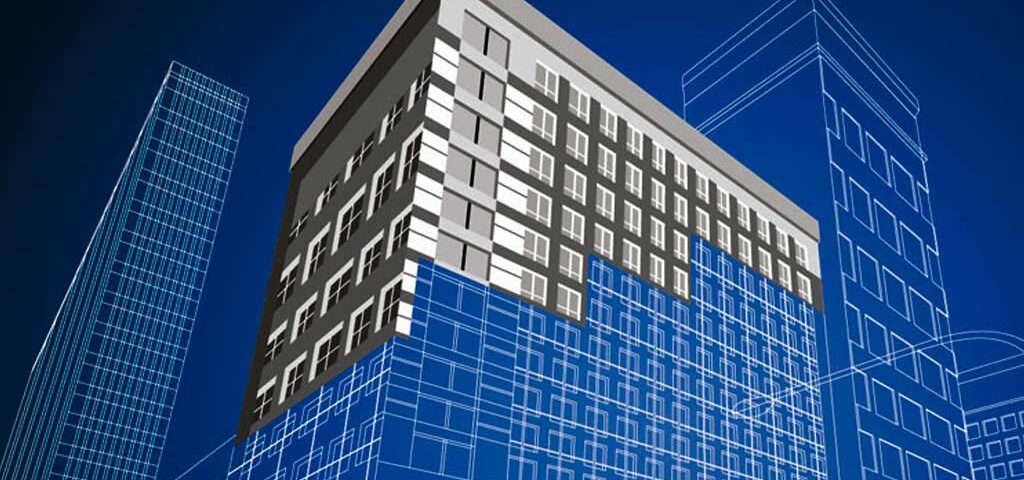Digital architecture

What is Intelligent Transportation System?
March 14, 2021
Architecture and construction materials as musical instruments
March 15, 2021Digital architecture can also be computational, parametric, algorithmic or systems architecture. This lies in the inclusion of the computer as a method of design, experimentation, manufacturing and also for the optimization of processes in the development of a project, as well as the integration in various stages of the development of a work as the constructive, electrical, environmental, physical, social and all methods of assembly, among others.
Use of digital architecture
Architects who grew up or were formed from making drawings, experiments or explorations with the computer, know that it is not a fashionable strategy. On the contrary, the interest and many others, lies in the design and arts to the construction of a work. The use of its versatility is the reason why many architects already consolidated, both internationally and nationally, have wanted to start working with these methods.
Thanks to digital architecture it has led to different levels of work at times, which had not been thought of by the precursors of this paradigm. However, architects with the economic and construction possibilities, have been limited to apply it to only one part of the complex process of choosing a work, some examples would be in the facade, the form, the material manipulations, ornamentation or prints and in the continuous search for decoration or scenery without having a comprehensive sense.
It is based on entirely computational processes and today there are few examples that really manage to successfully integrate the various stages that an architectural project should have. Especially if we talk about examples of projects or architectural works in the classical sense of construction.
Architecture created digitally might not involve the use of actual materials (brick, stone, glass, steel, wood). It relies on “sets of numbers stored in electromagnetic format” used to create representations and simulations that correspond to material performance and to map out built artifacts. Digital architecture does not just represent “ideated space”; it also creates places for human interaction that do not resemble physical architectural spaces. Examples of these places in the “Internet Universe” and cyberspace include websites, multi-user dungeons, MOOs, and web chatrooms.
Digital architecture allows complex calculations that delimit architects and allow a diverse range of complex forms to be created with great ease using computer algorithms. The new genre of “scripted, iterative, and indexical architecture” produces a proliferation of formal outcomes, leaving the designer the role of selection and increasing the possibilities in architectural design.
This has “re-initiated a debate regarding curvilinearity, expressionism and role of technology in society” leading to new forms of non-standard architecture by architects such as Zaha Hadid, Kas Oosterhuis and UN Studio. A conference held in London in 2009 named “Digital Architecture London” introduced the latest development in digital design practice.
The Far Eastern International Digital Design Award (The Feidad Award) has been in existence since 2000 and honours “innovative design created with the aid of digital media.” In 2005 a jury with members including a representative from Quantum Film, Greg Lynn from Greg Lynn FORM, Jacob van Rijs of MVRDV, Gerhard Schmitt, Birger Sevaldson (Ocean North), chose among submissions “exploring digital concepts such as computing, information, electronic media, hyper-, virtual-, and cyberspace in order to help define and discuss future space and architecture in the digital age.”



